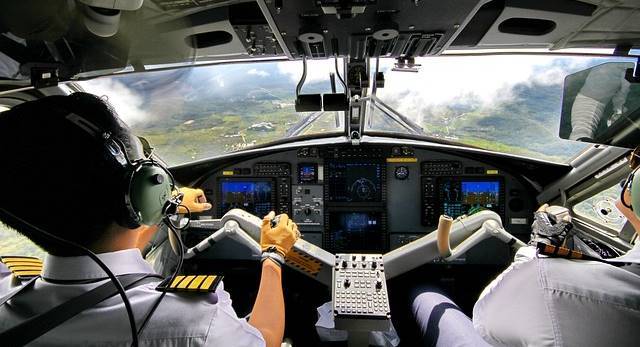Vertigo and Spatial Disorientation in Aviation
Vertigo and Spatial Disorientation in Aviation: Understanding the Risks and Prevention Strategies;
Aviation is a rapidly growing industry, with millions of passengers relying on it as their preferred mode of transportation. However, it comes with several challenges, one of which is vertigo and spatial disorientation. These conditions can be dangerous for pilots and passengers alike and can lead to fatal accidents.
Vertigo and Spatial Disorientation Definitions
Vertigo is a type of dizziness that causes the person to feel as though they or their surroundings are moving when they are not. It is a common condition that affects people of all ages and can be caused by several factors, including inner ear problems, vestibular nerve damage, or a head injury.
Spatial disorientation, on the other hand, is a condition that occurs when a person’s perception of up and down or their surroundings does not match their actual movements. This can happen when a person is in an environment with limited visibility or when their body’s sensory system is not working properly.
Both vertigo and spatial disorientation can be dangerous for pilots as they can affect their ability to control the aircraft. This is why it is important for pilots to understand the causes and symptoms of these conditions and to know how to prevent them.

Ways to Prevent Vertigo and Spatial Disorientation
One of the most effective ways to prevent vertigo and spatial disorientation is to maintain good physical and mental health. Pilots should exercise regularly and eat a balanced diet to keep their bodies in top condition. Additionally, they should get enough sleep and avoid alcohol, drugs, and any other substances that can affect their senses.
Pilots should also undergo regular training to familiarize themselves with the symptoms of vertigo and spatial disorientation. This includes learning how to recognize the signs of these conditions, how to respond to them, and how to regain control of the aircraft.

Proper Cockpit Management
Another important factor in preventing vertigo and spatial disorientation is to maintain proper cockpit management. This means ensuring that the cockpit is well-lit and that the controls are properly labeled. Pilots should also take breaks every two hours to reduce the risk of fatigue.
In conclusion, vertigo and spatial disorientation are serious conditions that can pose a threat to the safety of pilots and passengers. However, with proper training, maintenance of good physical and mental health, and proper cockpit management, it is possible to reduce the risk of these conditions and ensure a safe and enjoyable flight experience.



